RotterDAM
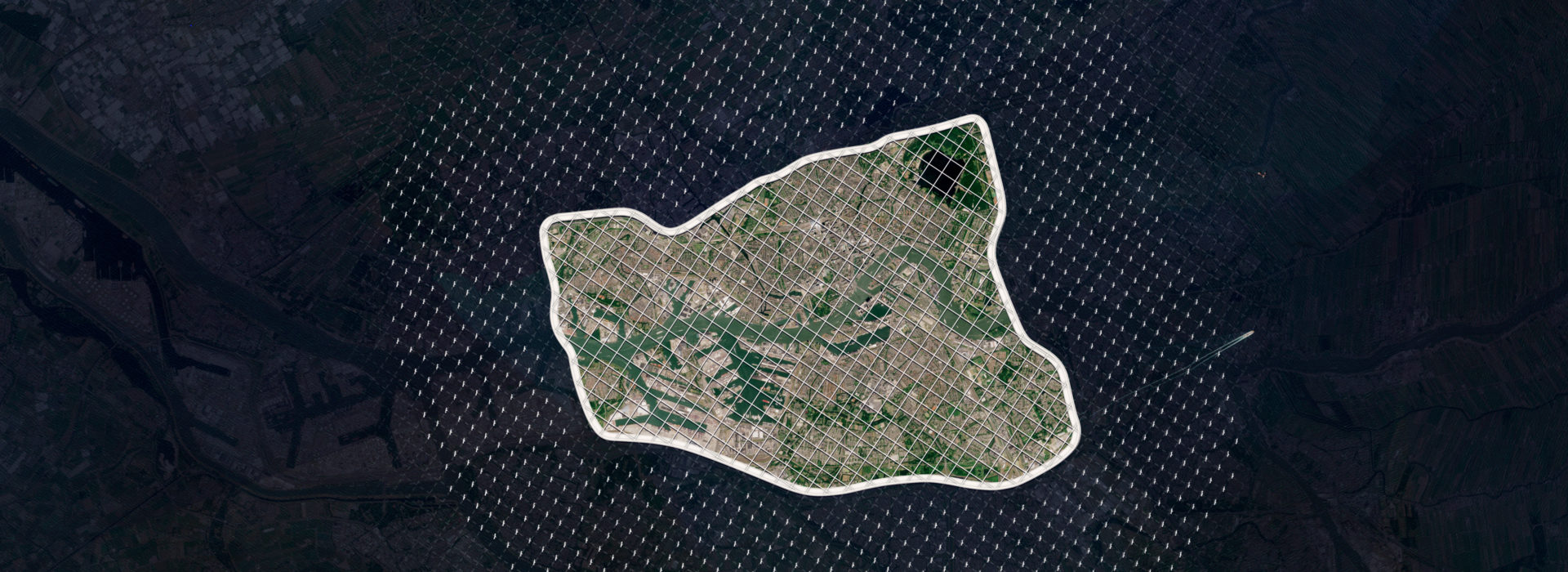
A city for everyone, that is the city I am looking for. In the world, 1.5 million people move to the city every week, which means that the cities will keep growing and developing. But do they also remain liveable in this growth and development or does the city overtake itself in this popularity?
When I moved to Rotterdam in 2017 I saw cities as a place where different worlds come together, a place for everyone. During the years that I live there now, in the city of Rotterdam, my view of the city and also that of Rotterdam has changed. By living there you get to know the city better and other things become visible that you didn’t see before. With these insights, I became more aware of the development of Rotterdam, and how new buildings take the place of existing ones. these changes only increase the differences, which raises the question for me: how can we keep the city liveable for everyone?
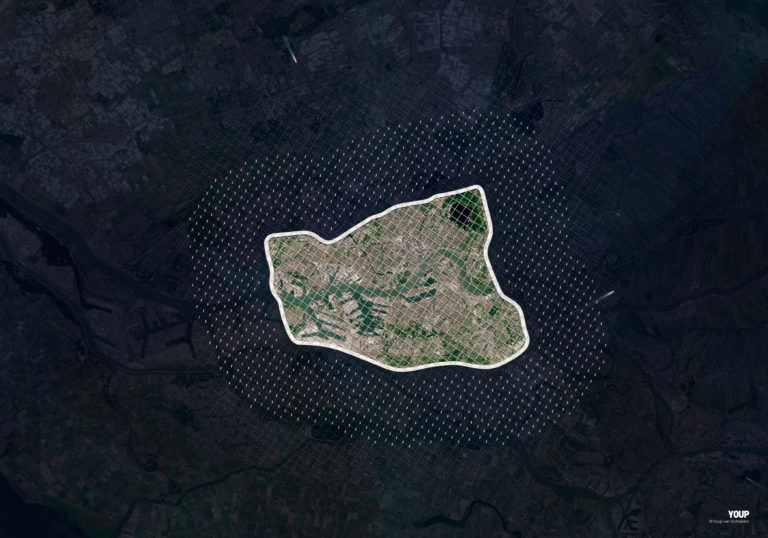
The answer to this main question transformed into a scenario in which I created a future image of Rotterdam. Creating this scenario gave me the freedom to design an independent plan for Rotterdam, in which I could let go of current limitations of rules and existing buildings. In this scenario, the dikes will break because of the climate changes and a large part of the Netherlands will be flooded. Rotterdam fights against the water, doing justice to its well known motto “sterker door strijd” (stronger through battle), and will build a big “DAM” around the city. With this happening Rotterdam becomes an almost completely self-sufficient city, which brings new opportunities and relationships within the city with it. People become more dependent on each other, which will make everyone more involved in this new society.
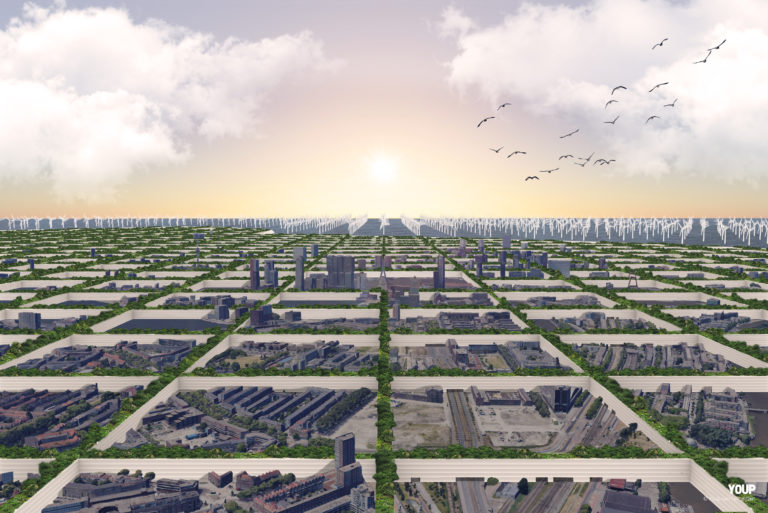
Infrastructure and facilities, that are now located outside the city, were flooded and became unusable. With thinking of ways to create new facilities and the infrastructures for the new self-sufficient city, I decided to do this on a new layer next to the existing city. Therefore, the current city does not need to adapt and no one needs to make space for this new development. The development will turn out to be a grid, in which the city will connect and will give space to the new facilities and the infrastructures for the new self-sufficient city. Next to this I use this development to make the city greener and more eco-friendly with a giant “rooftop park” on top of the grid.
The five layers that the grid exists of, will have different spatial programs. The four bottom layers exits will have a mixed spatial program based on the five main themes I came up with in research. The fifth layer will be a transportation layer, with self-driving cars that will transport the goods around the city and a cycle lane. The mixed spatial program based on the five main themes, will exist out of: Housing, Community Spaces, Food Production, Circulair Industry and Ecology. These programs will be mixed both horizontally and vertically, so that all neighborhoods experience the same development.
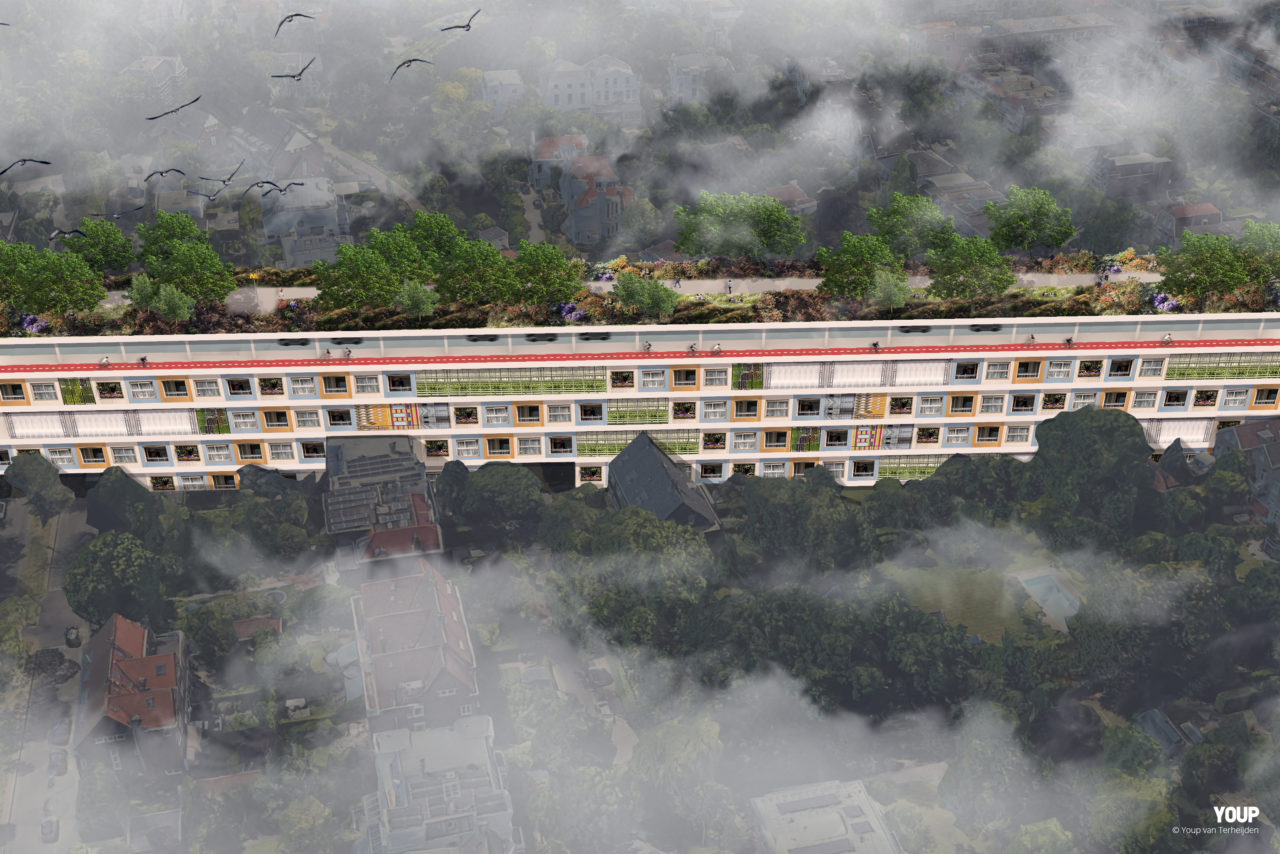
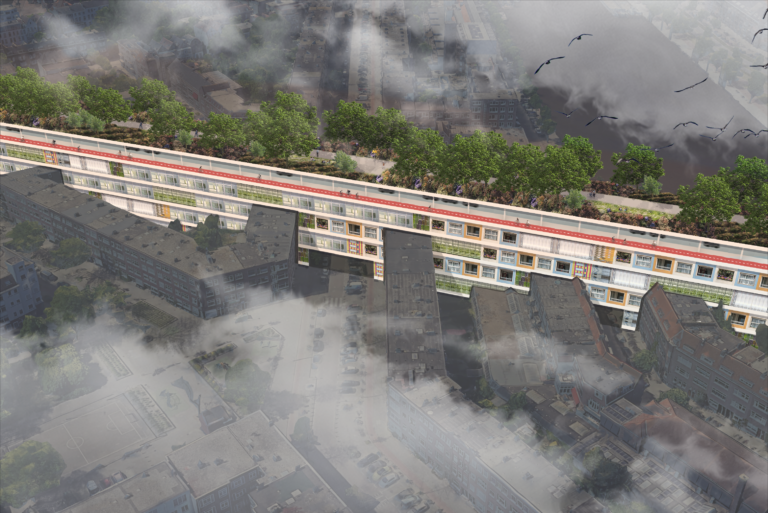
In my research I looked at the differences between the neighborhood of Rotterdam, to get more grip on what is happening and the differences. I did this with public datasets of the Municipality. I collected these datasets on different topics and sorted them on the kind of data; subjective or objective. What became visible is that Rotterdam in general is still very diverse, but when you zoom in on neighborhood level you don’t see this diversity anymore. With this mixed program inside the grid it will bring a new mix of people with it. This gives the opportunity to bring this diversity back on all city scales. I decided to give the housing program inside the grid different housing types, to attract different people with different backgrounds inside all neighborhoods of Rotterdam. So all neighborhoods will have more diversity in people and houses.
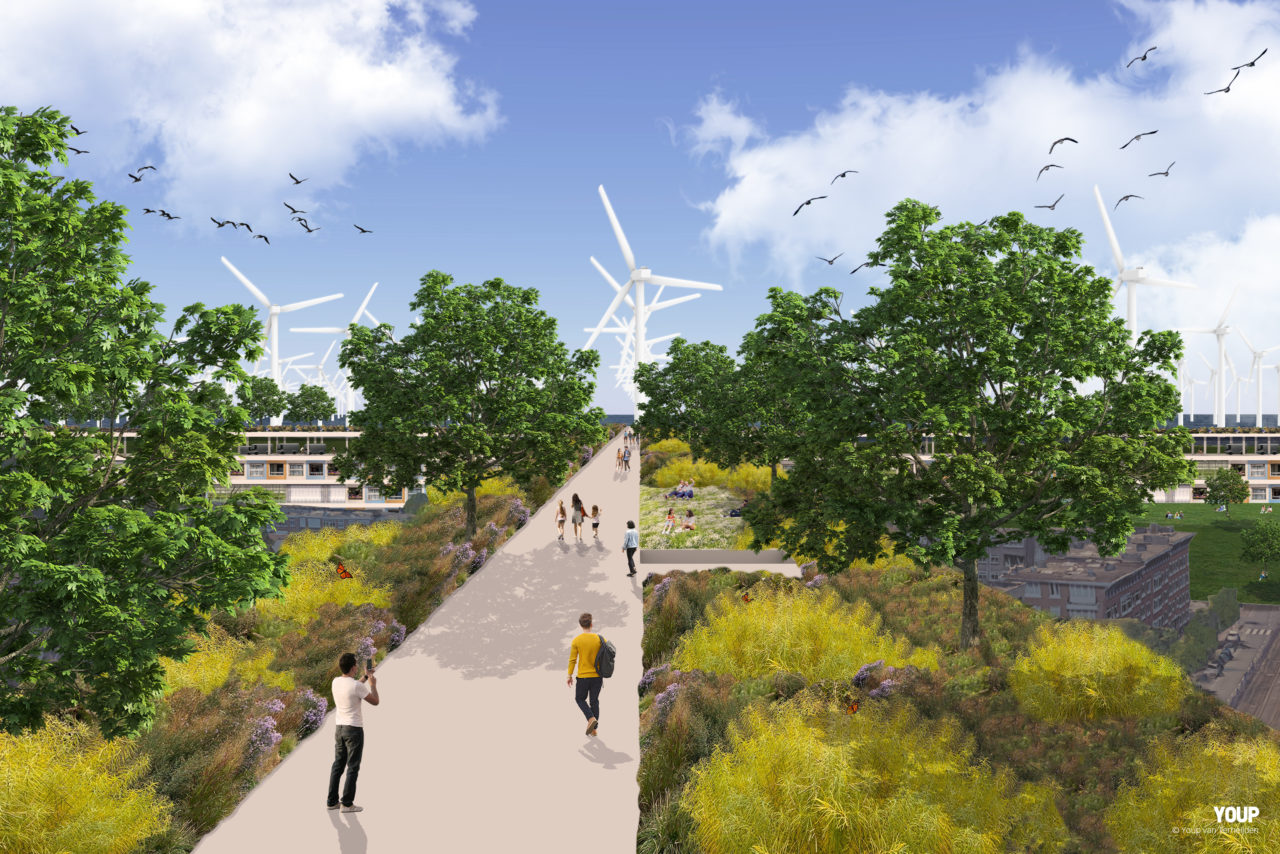
The concrete answer to the main question; how do we keep Rotterdam livable for everyone? Is to let everyone be part of the city, with which we develop an urban system in which the entire city works together and benefits.
It is a project that is the result of my research to find the answer to this question. It is a research in which I have looked into visions of others to create my own vision. By setting up my own research methods and by studying the collected data, this vision has become concrete, from which I have worked on this plan. The project is a conversation starter for a dialogue about how the city should develop in these times to remain livable for everyone in the future. With my scenario I want to show a new form of collaboration within the city, where in my opinion the opportunity lies for the current city.